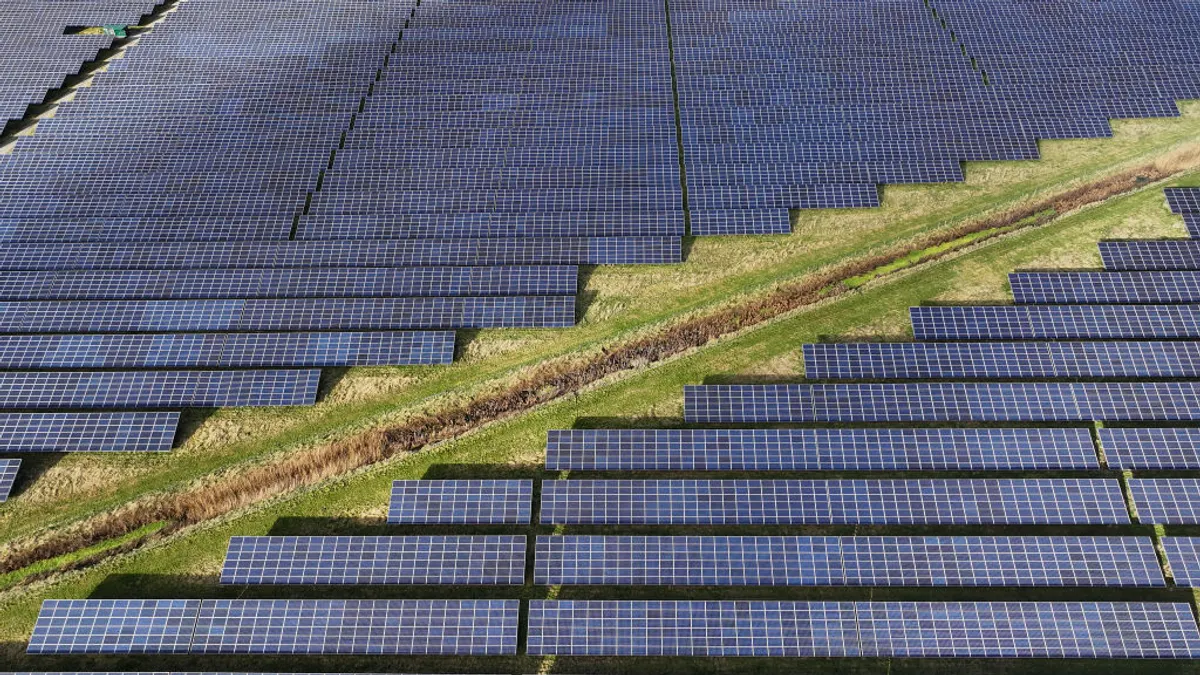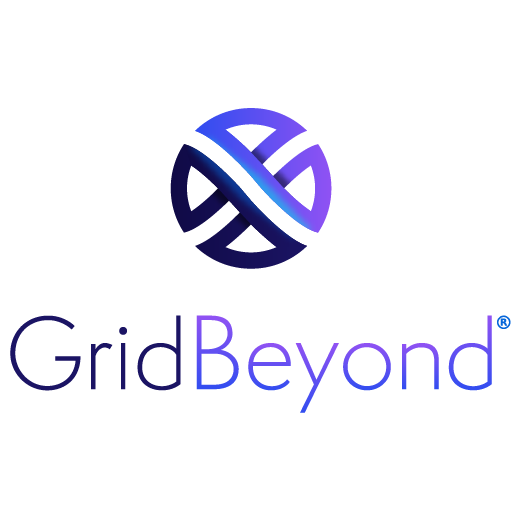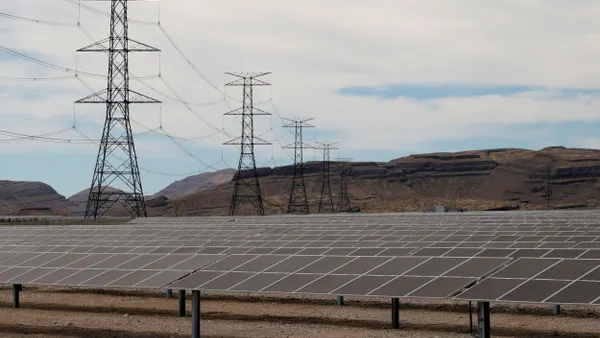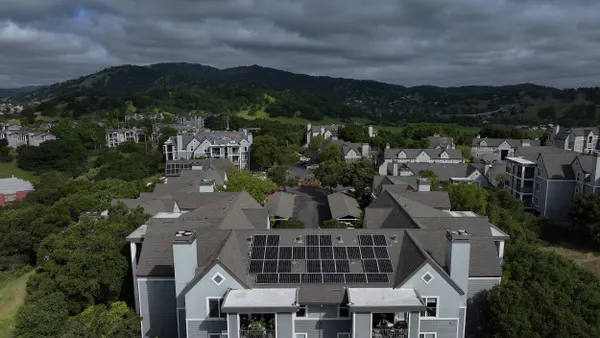A previous version of this brief has been fixed to reflect the corrected attribution.
Dive Brief:
-
Stem has installed a 1 MW storage-as-service virtual power plant for Hawaiian Electric Co. (HECO) on Oahu.
-
The project serves 29 HECO commercial and industrial customers and is designed to help them reduce the demand charge portions of their bills.
-
A little less than half of the project’s $2.1 million cost is funded by Energy Excelerator, a Hawaii-based startup of the Pacific International Center for High Technology Research (PICHTR).
Dive Insight:
Just over a year ago, HECO signed on to a U.S Department of Energy SHINES (Sustainable and Holistic Integration of Energy Storage and Solar PV) program that aims to develop a System to Edge-of-Network Architecture and Management (SEAMS) infrastructure to grid-integrate and manage PV-plus-storage systems. HECO is contributing $2.4 million to the project and partnering with a range of companies, including Stem.
Stem’s storage-enabled virtual power plant on Oahu is a building block in that SHINES program. “We start with human interaction to engage the fleet resource under this project, then make that a machine-to-machine exchange in SHINES,” said Tad Glauthier, Stem's Vice President Hawaii Operations.
The grid response project that just got under way will be a three year pilot program leading into the larger SHINES project.
In the grid response project, customers, ranging from a local flower store and meat store to a Whole Foods, will use Stem’s PowerScope software that combines data from HECO’s renewable generation monitoring and forecasting unit with Stem’s cloud based predictive software. Using that data, the system responds to spikes in electricity usage and can draw on stored power to reduce customers’ costs without requiring operating changes.
“These customer-sited solutions strengthen Hawaiian Electric’s renewable planning as we build toward our commitment to a 100% clean energy future,” Dora Nakafuji, HECO’s director of renewable energy planning, said in a statement. “This shows we can scale behind-the-meter energy storage to create a more stable and efficient grid as we provide customers with higher levels of renewable energy to reduce fossil fuel use and greenhouse gas emissions.”












